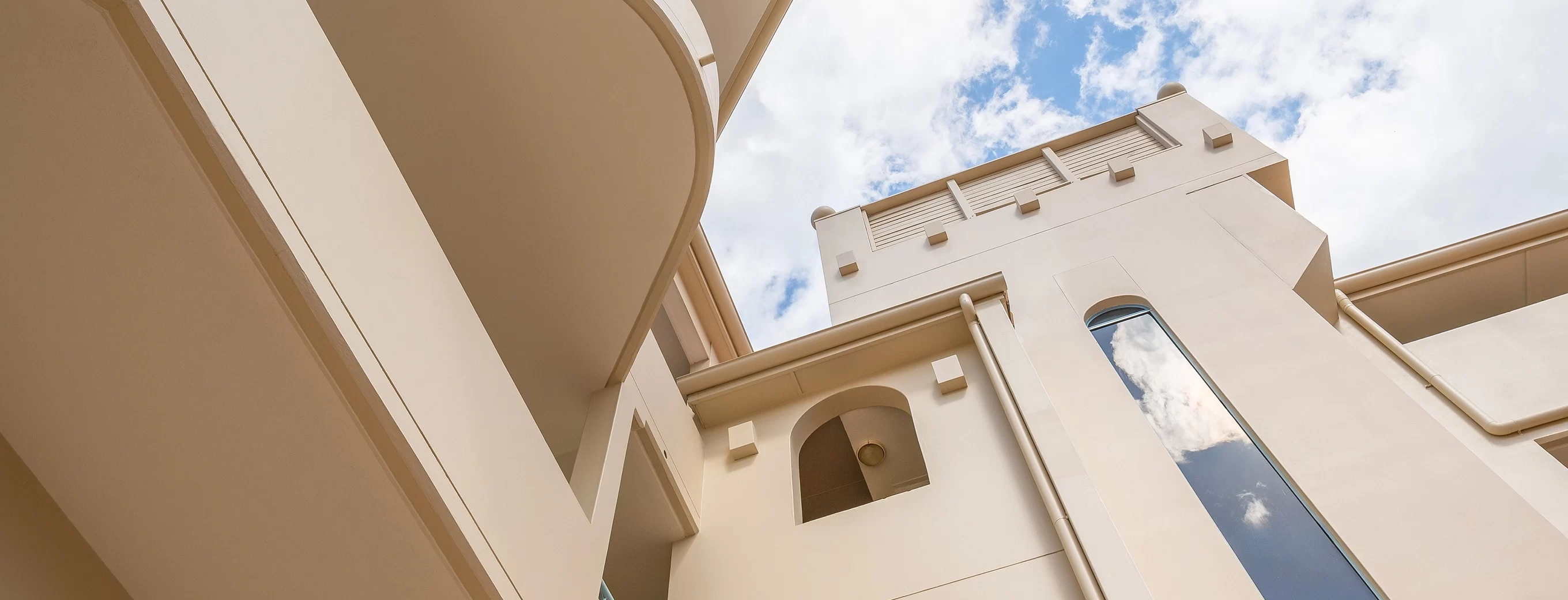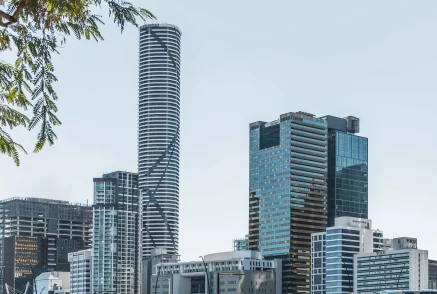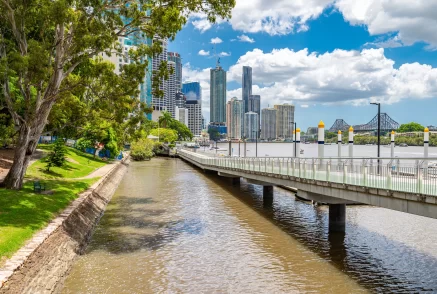A survey plan is the official, legally registered document that indicates where the boundaries are between individual lots and the common property within a Body Corporate.
It also includes helpful details like the total size of each lot, and whether areas such as pergolas, balconies or car spaces are registered as part of the lot. The plan will also detail shared facilities like lifts, foyers, underground carparks/ basements and fire escapes that are common property for the use of all owners.
To determine who is responsible for maintaining something within your Body Corporate, you can firstly review the survey plans. The bottom right-hand corner should detail either ‘Building’ or ‘Standard’ which refers to either Building Format Plan or Standard Format Plan.
Once the plan type is identified, the maintenance responsibilities would be as follows:
Building Format Plan (BFP)
These plans can also be known as Building Units Plans (BUP).
This style of plan is generally used for multi-storey complexes such as high-rise apartments or unit blocks.
The lot boundaries are defined by the structure of the building itself. Where 1 lot is separated from the common property or another lot by walls, floor of ceiling, the boundary of the lot is the centre of the walls, floor or ceiling. When reviewing the survey plans, the boundaries will be indicated by hard black lines, with Level A always being the lowest level of the scheme.
The Lot owners are responsible for maintenance within the lot; while the body corporate is responsible for maintaining the building’s structural elements (roof, exterior walls, common services).
Within a BFP, the Body Corporate are generally responsible for:
- Exterior of the building (including windows, doors, balconies and building foundations).
- Roof, gutters, and structural walls (including roofing membranes providing shelter to another lot).
- Structural elements of the building (like foundation structures, roofing structures that provide protection and load-bearing walls). This includes if they are not on common property.
- Railings or balustrades on, or near to, the boundary between a lot and common property, including the balustrade on a private balcony.
- Any doors or windows, and fittings in a boundary wall between a lot and common property (including garage doors and their fittings).
- Utility infrastructure (like equipment, pipes and wiring) that is on common property, or in a boundary structure, or services more than 1 lot.
- Common areas (driveways, roads, gardens, stairwells, lifts and facilities such as swimming pools and barbeques).
The lot owner is responsible for:
- Interior walls and surfaces, fixtures, and fittings inside the lot.
- Doors and windows leading onto a balcony within the lot boundary.
- Shower trays used by the lot, including if the shower tray is not within the boundary of the lot.
- Utility infrastructure that only services that lot.
- Any fixtures and fittings that were installed by the occupier of a lot for their benefit, including on common property.
- Exclusive Use (EU) areas the owner has benefit of, unless the by-law relating to EU areas states otherwise.
Note: the BUGTA Act responsibilities vary from those listed above. Please see Building format plan and building units plan maintenance | Your rights, crime and the law | Queensland Government for further information.
Standard Format Plan (SFP)
These plans can also be known as Group Titles Plans (GTP).
This style of plan is generally used for free-standing or low-rise dwellings, such as townhouse complexes or duplexes, that look more like traditional housing.
The lot boundaries are defined by survey pegs and measurements of land and are more similar to a suburban house block.
Within a Standard Format Plan, the owner generally owns the land and everything on it (including the building) and therefore is responsible for more maintenance.
Within an SFP, the Body Corporate are generally responsible for:
- Shared infrastructure (driveways, roads, shared gardens, fencing if it borders common property).
- Common services (shared plumbing, lighting, pools, common property gardens etc.).
The lot owner is generally responsible for:
- The building on their lot (roof, walls, exterior painting) – both internal and external.
- The foundations of the lot.
- Lawns, gardens and driveways within the lot boundary.
- Utility infrastructure that services only that lot and is within the boundary (i.e. pipes, wiring and equipment).
- Exclusive use areas (e.g., courtyards if granted), unless the EU by-law indicates otherwise.
- In a scheme that is a Standard Format Plan, the owner is responsible for repairing their own roof, external painting and various other aspects.
As detailed within this article, the maintenance responsibilities under a Building Format Plan (BFP) and a Standard Format Plan (SFP) differ significantly. It’s therefore essential to understand which type of plan applies to your Body Corporate and the location of the boundaries of your lot. By knowing this, you can be better prepared for any maintenance and in turn ensure your asset (your lot) is adequately maintained by the correct party.
It’s also important to remember that while owners within an SFP may have ownership over a greater portion of their lots, regardless of plan type, all owners must comply with the by-laws of the scheme so please don’t go and paint your lot purple without prior Body Corporate approval.
If you require assistance with determining your plan type, please don’t hesitate to reach out to your dedicated Body Corporate Manager. Alternatively, you can access your plans via our online owners portal, C-Hub.

Ella Creighton
Business Development Manager



